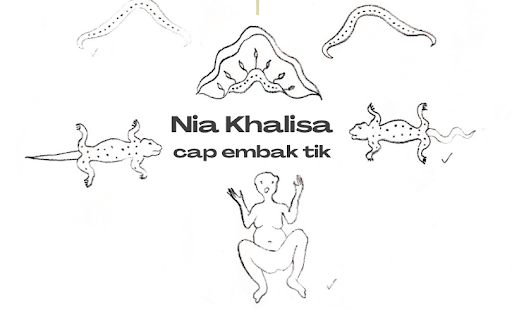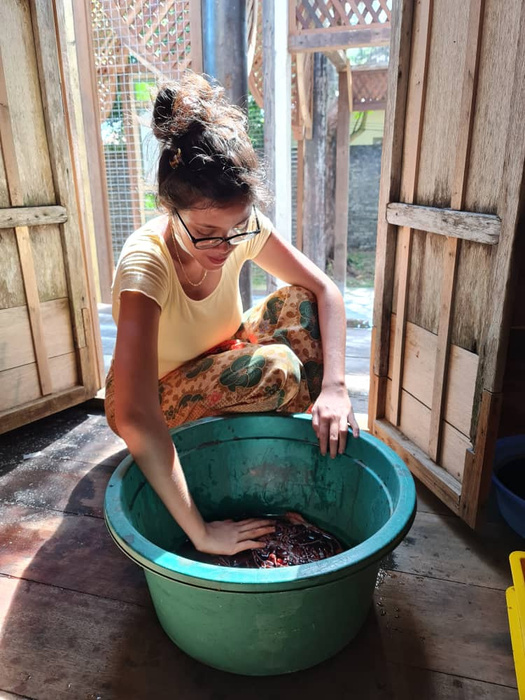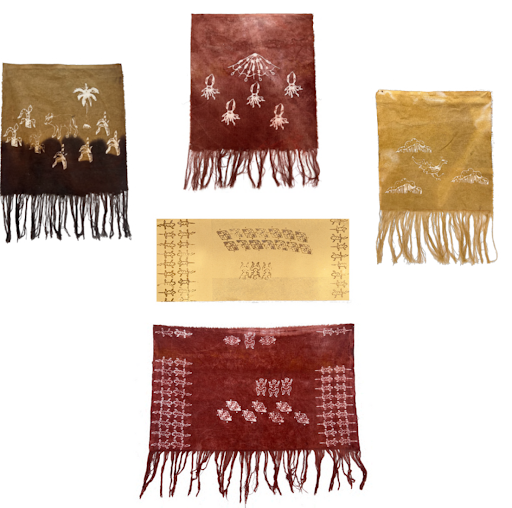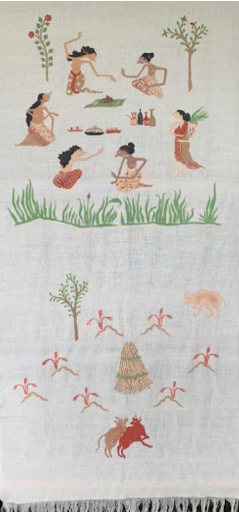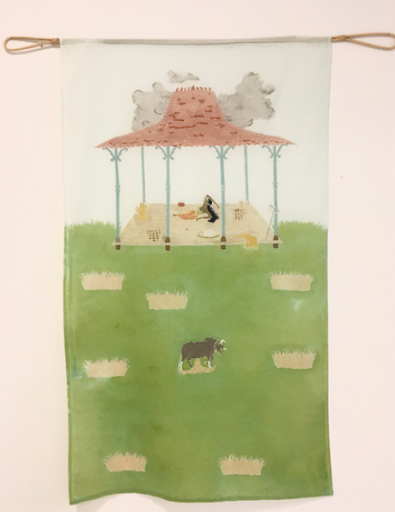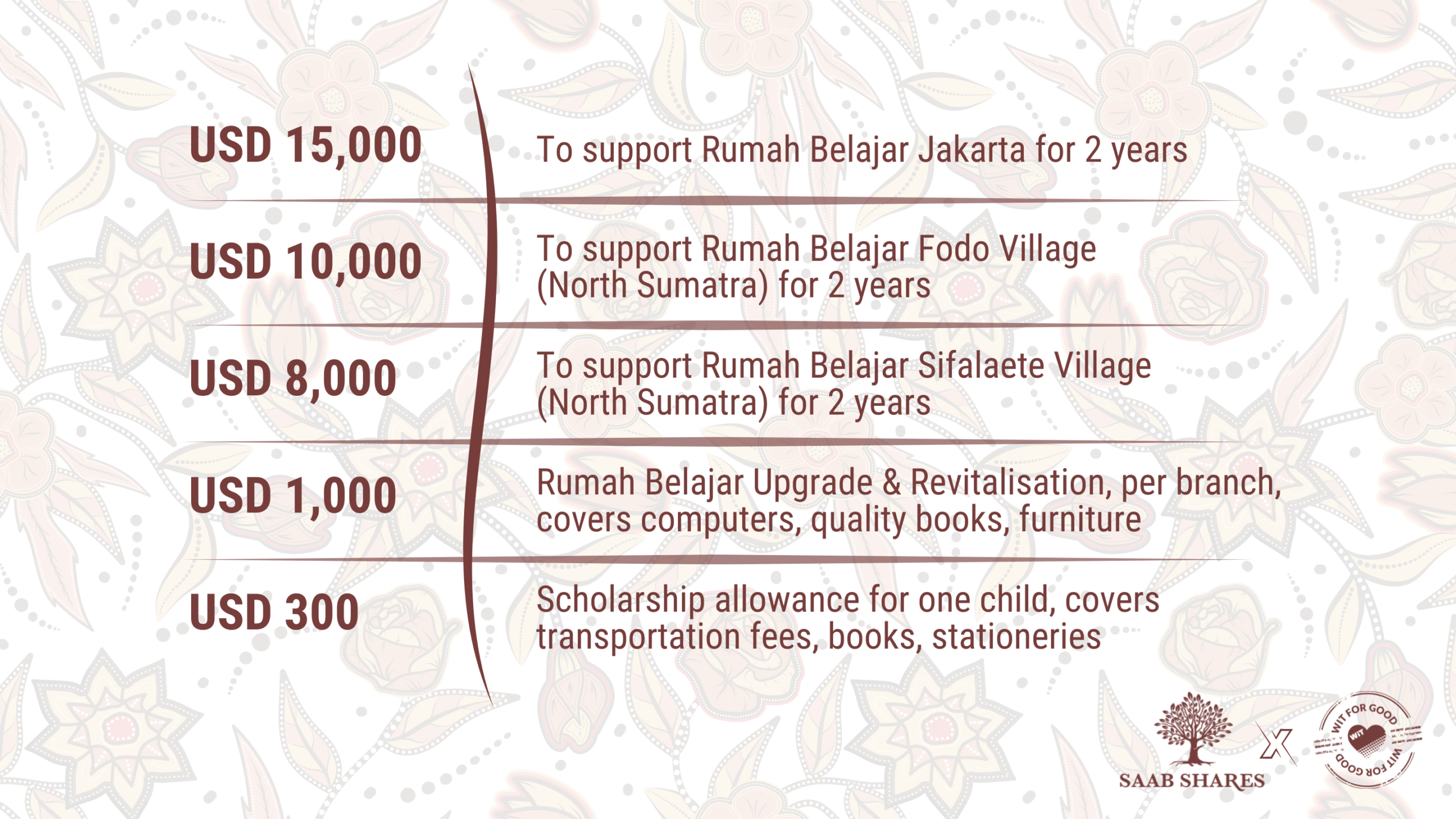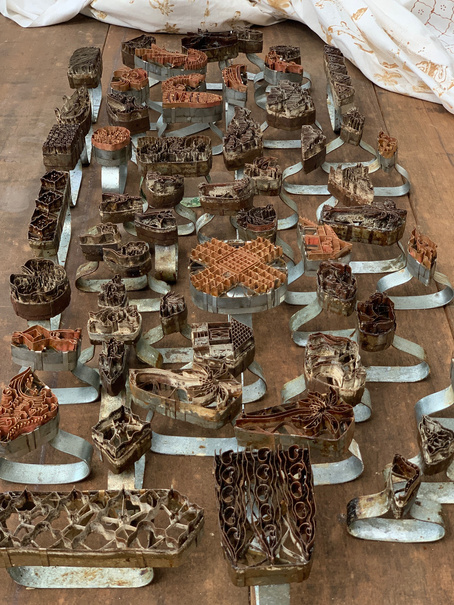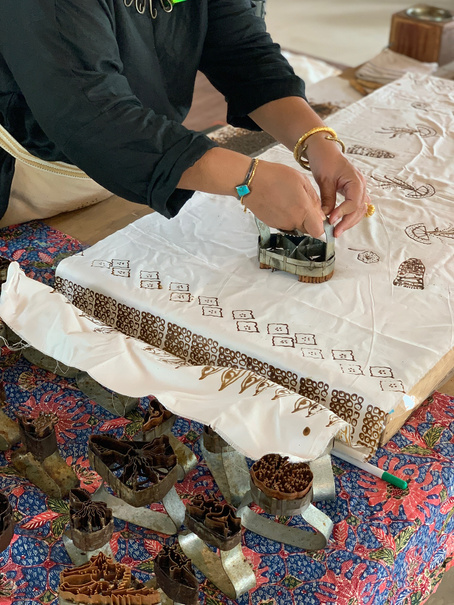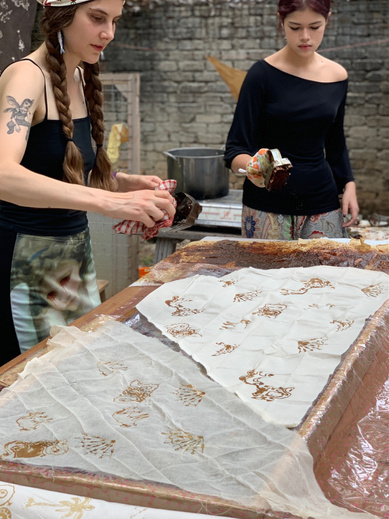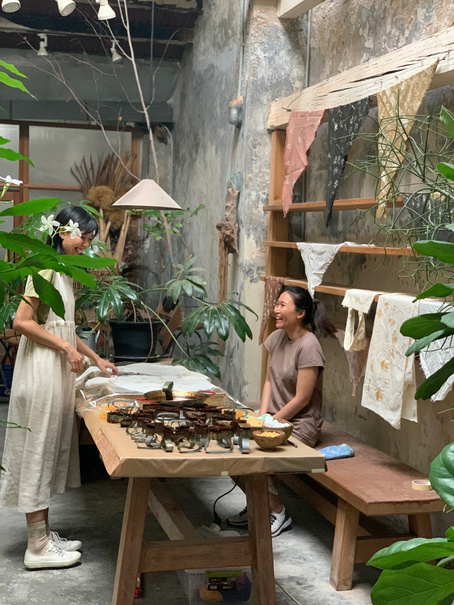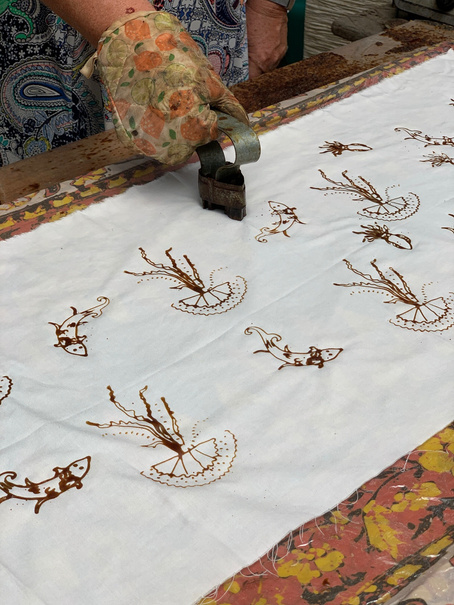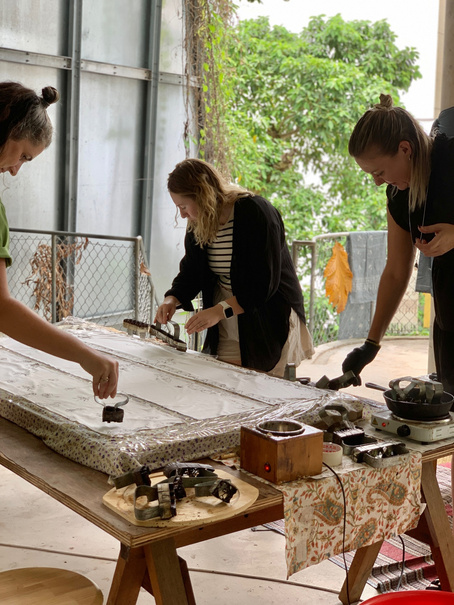This year’s WiT For Good, Artist-in-Residence, is Malaysian artist Nia Khalisa who works with batik fabrics. She says, “Batik is more than just a craft. It’s a language, a way to communicate stories.”
She also wants to impart the importance of this traditional craft to the next generation through “Cap Empak Tik” workshops. “I have a mission to reintroduce the importance of our traditional art and I hope to engage more young people and revive the Batik scene altogether.”
She will be on-site to collaborate with our audience to create personal pieces of art, as well as a collaborative piece which will be put up for auction during the Closing Party on October 16. Be sure to say hi to Nia. Meanwhile, here’s to getting to know Nia.

